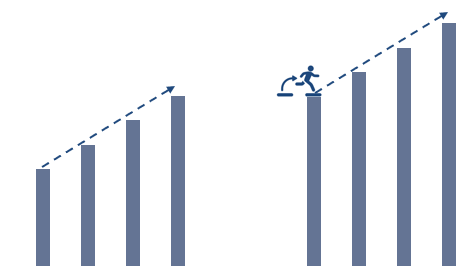A Risk Analyst in commercial banking plays an important role in identifying, assessing, and managing the various risks that the bank faces in its operations. These risks could include credit risk, market risk, operational risk, liquidity risk, and others. Their primary goal is to ensure that the bank remains financially stable, compliant with regulations, and able to effectively respond to potential financial disruptions or losses.
Here are the main responsibilities of a Risk Analyst in commercial banking:
1. Credit Risk Management
- Assessment of Loan Applications: A risk analyst evaluates the creditworthiness of individuals or businesses applying for loans. This involves reviewing financial statements, credit scores, and historical data to assess the likelihood of default.
- Credit Risk Models: They use various quantitative models (such as credit scoring models or risk rating systems) to forecast potential loan defaults and calculate the bank’s exposure to bad debts.
- Portfolio Risk Monitoring: Regular monitoring of the bank’s loan portfolio to identify early signs of potential defaults or other financial stresses that could impact the bank’s assets.
2. Market Risk Analysis
- Exposure to Market Volatility: They assess the bank’s exposure to risks related to fluctuations in interest rates, foreign exchange rates, commodity prices, and equity markets.
- Stress Testing and Scenario Analysis: Risk analysts conduct stress tests to understand how extreme market conditions (such as a recession or financial crisis) might affect the bank’s financial health. This could include the impact on the value of assets, liabilities, and capital.
3. Operational Risk Management
- Internal Controls and Processes: Risk analysts work to identify risks related to internal processes, systems, and employees. They help in designing controls to mitigate operational risks such as fraud, human error, or system failures.
- Risk Mitigation Strategies: This involves identifying vulnerabilities in the bank’s operations and recommending procedures or policies to reduce or eliminate potential risks.
4. Liquidity Risk Assessment
- Cash Flow and Funding Risk: They analyze the bank’s ability to meet its short-term obligations without incurring significant losses. This includes assessing the adequacy of liquidity reserves and the bank’s funding strategy.
- Contingency Planning: Risk analysts ensure that the bank has adequate contingency plans in place in case of a liquidity crisis, such as access to emergency funding lines.
5. Regulatory Compliance and Reporting
- Adhering to Regulations: Risk analysts help ensure that the bank complies with regulatory requirements related to risk management, such as Basel III or local regulatory frameworks. They assess and implement measures to comply with capital adequacy, liquidity requirements, and other risk-related regulations.
- Reporting and Documentation: They prepare risk reports for senior management and regulatory bodies, outlining the bank’s risk profile, exposure levels, and strategies for mitigating risks.
6. Risk Mitigation and Strategy Development
- Developing Risk Strategies: Risk analysts assist in creating risk management frameworks, recommending changes to policies, and improving risk monitoring techniques to better anticipate and mitigate risks.
- Collaborating with Other Departments: They work closely with other departments (such as credit, treasury, audit, and legal) to develop holistic risk management strategies.
7. Data Analysis and Risk Modeling
- Data Analysis Tools: Risk analysts utilize data analysis tools, statistical models, and financial software to analyze risk factors and predict potential outcomes based on historical data.
- Risk Reporting Tools: They use software such as Excel, SAS, R, or Python to create risk reports, dashboards, and predictive models that help in decision-making.
Key Skills and Qualifications:
- Quantitative and Analytical Skills: Strong abilities in data analysis, statistical modeling, and financial analysis are essential to assess risk and make informed recommendations.
- Knowledge of Financial Instruments: Understanding of various financial products such as loans, bonds, derivatives, and securities is vital for assessing market risks.
- Regulatory Knowledge: Familiarity with regulatory frameworks like Basel III, Dodd-Frank, and the various local banking regulations that govern risk management practices.
- Problem-Solving and Attention to Detail: Risk analysts need to be able to identify subtle issues in data, processes, or systems that could lead to significant risks.
- Communication Skills: The ability to communicate complex risk assessments and recommendations clearly to senior management, regulators, and other stakeholders.
